The principal stage managers of the sprawling Revolutionary Guards organization are its generals and commanders. Each plays a leading role in one of the affiliate entities in this endless labyrinth. What do we know about them? Where do they come from? What is their record? Where do they stand? What are their positions? What do we know about their personal lives?
In this series, we have tried to look into the lives of the most important Revolutionary Guards’ commanders — before they joined the Guards, when they did and where they stand now.
The city of Yazd has been home to several famous Islamic Revolutionary Guards Corps (IRGC) commanders who proved themselves during the Iran-Iraq War. Among them was Mohammad Ali Jafari. The son of a Yazdian architect, Jafari and his 10 siblings spent their childhood constantly moving due to the demands of their father’s renovation work.
Following in his father’s footsteps, Jafari studied architecture at the University of Tehran where his father covered his expenses for an apartment in the city. “Your responsibility is to your studies and mine is to your financial needs,” his father told him.
By Jafari’s own account, his career in activism began the moment he set foot at university. He first set about trying to establish a campus Islamic association, but the dean of the university declined the application, forcing Jafari and his colleagues to instead carry out their activities under the auspices of a student climbing club.
Jafari’s first real activist mission was assigned to him by none other than fellow revolutionary Habib-Allah Bitaraf, a future Minister of Energy under the administration of Mohammad Khatami, also a fellow Yazdian and engineering student in Tehran. Under Bitaraf’s direction, Jafari began photographing street protests with a camera his father had given to him as a gift. During one protest, a friend dropped Jafari’s camera by accident, shattering it.
Although not officially a member of the Muslim Student Followers of the Imam’s Line, Jafari was nevertheless tasked with shutting down classes and cordoning off parts of the University of Tehran during the Cultural Revolution there. Jafari’s own educational career was delayed for a time by dramatic political events, and he did not graduate with his Master’s degree in architecture until 1992.
After the Nojeh coup plot of 1980 was foiled, Jafari and his friend Ali Reza Andalib were nearly tasked with going to Europe and hunting down remaining coup plotters who had not yet been captured. The mission, however, was never to be, as the onset of the Iraqi invasion of Iran saw Jafari deployed to the frontlines. Enlisting at the beginning of the war as a regular IRGC officer, Jafari rose quickly through the ranks, and by the end of the conflict, was appointed Commander of the Quds Force by the order of Mohsen Rezaei.
According to Mohammad Hossein Saffar-Harrandi, Jafari was fond of referring to everyone he spoke to as aziz (“dear”). So well known was he for using the address that it would eventually come to be his nickname.
Mohsen Rezaei thought extremely highly of Jafari, calling him “the most precise commander of the IRGC during the war.” Jafari was equally complimentary about the man to whom he owed his rank. After Rezaei’s resignation, Jafari along with some other IRGC commanders wrote a letter praising their departed commander in what was to become known as the “33 Commanders’ Letter.”
Throughout the war with Iraq, Jafari served in a variety of capacities: Commander of IRGC Operations in the West and South, Operational Commander of Susangerd Corps, Commander of the 31st Regiment of Ashura, Commander of Najaf Headquarters, Deputy Commander of the IRGC Ground Force, Deputy Commander of IRGC Joint Staff, and finally, Commander of the Quds Force.
In July 1992, four years after the conclusion of the Iran-Iraq War, the Supreme Leader appointed Jafari as Commander of the IRGC Ground Forces. He held the position for 13 years, during which time he was tasked with suppressing armed rebellious groups in the southeast and restoring security to Iranian Kurdistan.
During the Khatami administration, less was heard about Jafari, whom both Khatami and actors within IRGC covert operations sought to undermine. Only one famous incident was of note — a letter penned by Jafari and 23 other IRGC commanders to the Khatami administration during the student protests of 1999. “We have reached the threshold for being patient,” Jafari warned ominously. “If your administration can’t do anything about the situation, we will.”
In 2004, Jafari was appointed to head the Sar-Allah Command Base while serving as Commander of the Ground Force. This center specialized in suppressing street protests and riots in Tehran. In 2007, he was promoted to Major General, and in September of the same year, he succeeded Yahya Rahim Safavi as IRGC Chief Commander, a position he held until April 2019.
Before Jafari’s appointment, proposals were put forward to introduce sweeping institutional reforms to the IRGC. Under the old force structure, every province in Iran was allocated an Army Ground Force as well as distinct “Resistance Bases” in some cities that housed the IRGC and the Basij. Under Jafari’s new system, however, all these disparate organizations would be combined into a unified IRGC Corps. Each province was to be allocated one corps except for Tehran, which fielded two.
Other important events during the period of Jafari’s command included the development of Iran’s missile program and the establishment of a cyber force. Many believe these changes have their roots in Jafari’s time as head of the IRGC’s Strategic Center between 2005 and 2007. Among the chief focuses of Jafari’s research during that period was a “SWOT analysis” (Strengths, Weaknesses, Opportunities, Threats) of the US invasions of Iraq and Afghanistan.
In 2009, the IRGC saw major personnel changes among its commanders, as well as an expansion of its intelligence capabilities designed by Hossein Taeb. Some of the major appointments of this year included Hossein Hamedani as IRGC Commander in Tehran, Mohammad Reza Naqdi as Commander of the Basij, Hossein Salami as IRGC Deputy Commander, and Amir Ali Hajizadeh as Commander of the IRGC Aerospace Force.
Another significant event during Jafari’s tenure was the suppression of the Green Movement civic protests in 2009, during which hundreds of dissidents and protesters were arrested. Meanwhile, Jafari made public statements in interviews that were highly critical of Ali Akbar Hashemi Rafsanjani and Mohammad Khatami. This was at a time when no other IRGC commander dared to attack Rafsanjani publicly.
After this, speeches delivered by Ali Saeedi, the Supreme Leader’s Representative, as well as Jafari’s own statements, revealed the extent to which the IRGC had a role in determining the result of the 2009 presidential election. Jafari regarded the possibility of a reformist victory as a red line. “The 2009 election and its aftermath has made clear why reformists insist on keeping the IRGC and the Basij out of the election process. If we’re not there, they can do whatever they wish and banish our values. That was a very dangerous situation, and we all thought that if they were allowed to continue their campaign, we would lose the election.”
Unlike Rahim Safavi, Jafari’s tenure as Commander-in-Chief exceeded 11 years. But although it seemed unlikely that Ayatollah Khamenei had identified a worthy replacement, on April 21, he appointed Major General Hossein Salami as Jafari's successor.
Also in this series:
visit the accountability section
In this section of Iran Wire, you can contact the officials and launch your campaign for various problems




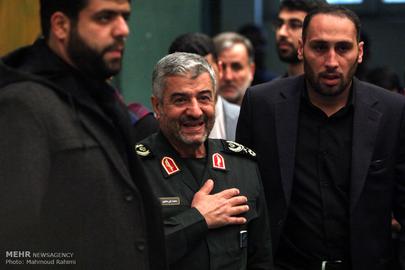
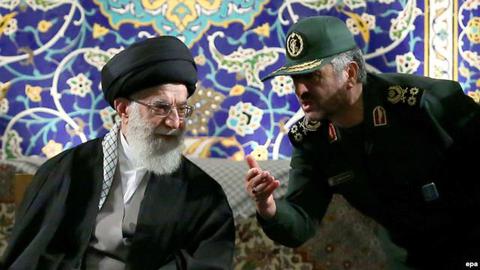
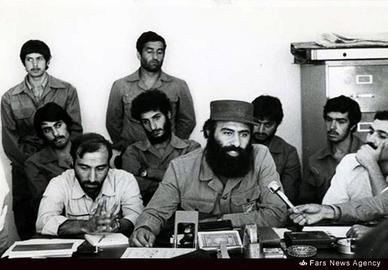
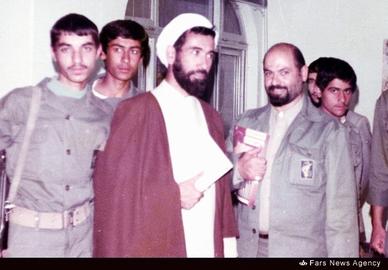
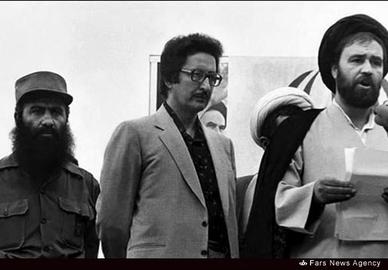
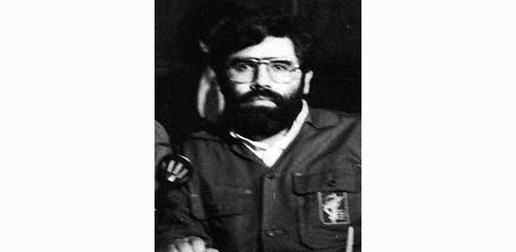
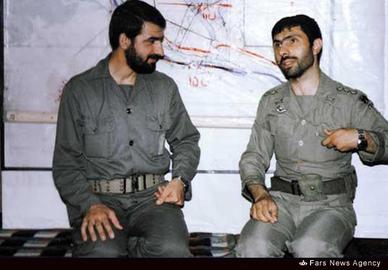
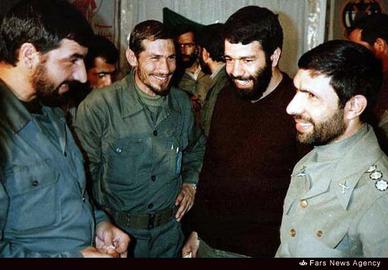




















comments